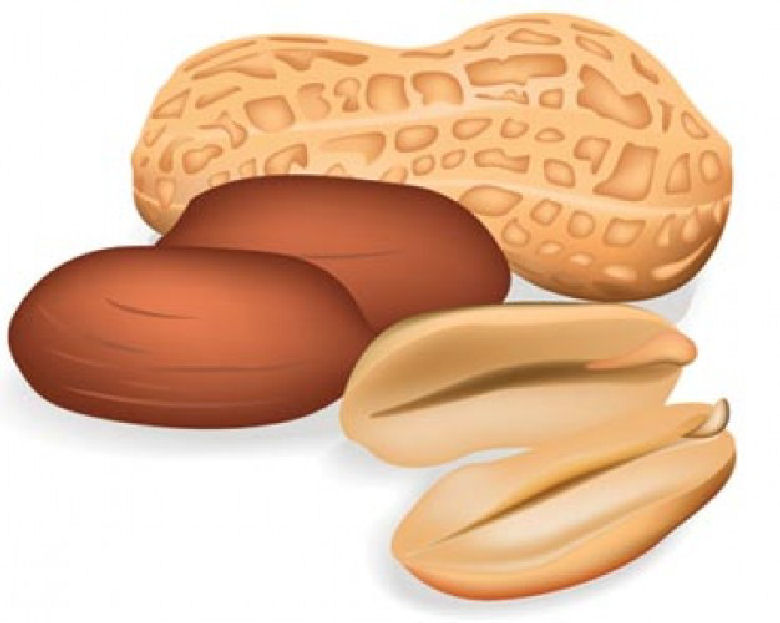345.WHO WAS HIPPOCRATES?
In many doctors’ offices, you will see a framed document on the wall called the Hippocratic Oath. This is an oath taken by doctors when they graduate from medical school. What is this oath and who was Hippocrates?
Before the age of scientific medicine, which we have today, man had a form of medicine that depended on magicians and witch doctors. Then, in ancient Egypt and India, a more sensible form of medicine developed. The ancient Egyptians, for example, were good observers. They had medical schools, and practiced surgery. But the treatment of disease was still a part of the Egyptian religion, with prayers, charms, and sacrifices as a part of the treatment.
344.WHERE DID THE PEANUT ORIGINATE?
In a certain part of Peru, a group of prehistoric graves were found. As the scientists dug about in these graves, they found peanuts that were thousands of years old! Not only that, but there was pottery that was decorated with peanut designs.
So it is believed that the original home of the peanut was South America and from there it was transplanted to Africa, and eventually to the United States. Today the peanut is also raised in Latin America and Asia. In the United States alone, more than 450,000,000 kilograms of peanuts are raised a year. The yield of over 400,000 hectares of peanuts is fed directly to hogs.
343.WHERE DID THE GRAPEFRUIT ORIGINATE?
On millions of breakfast tables every morning the grapefruit appears as a favorite dish. You would imagine that we would know act about a fruit as common as this. Yet the origin of the grapefruit is somewhat Of a mystery!
There is a fruit known as the pummelo, or shamrock, which is a bit smaller than the grapefruit. Some scientists believe that the grapefruit originated from the pummels as a mutation, which means a variation of the original species. As far back as 1814, a scientist observed a variety of the pummelo which he described as “known by the name of ‘grapefruit’ on account of its resemblance in flavor to the grape.”




